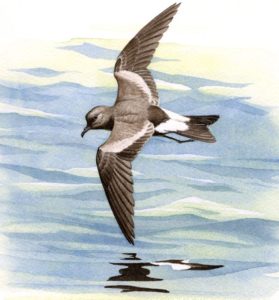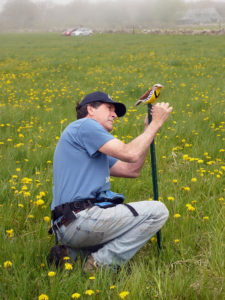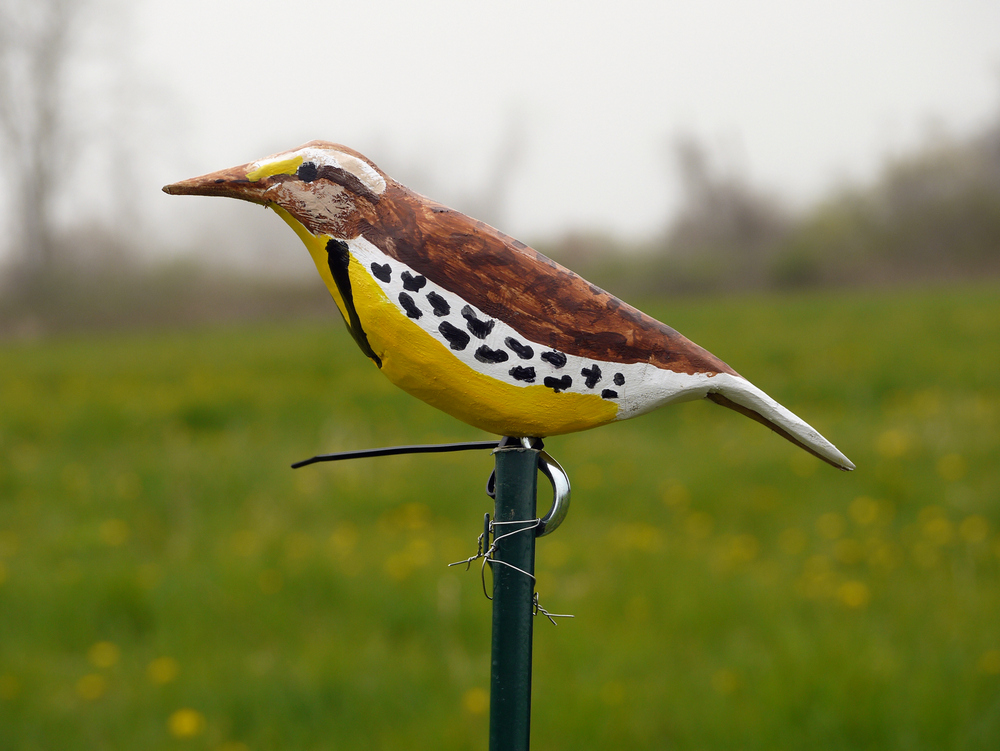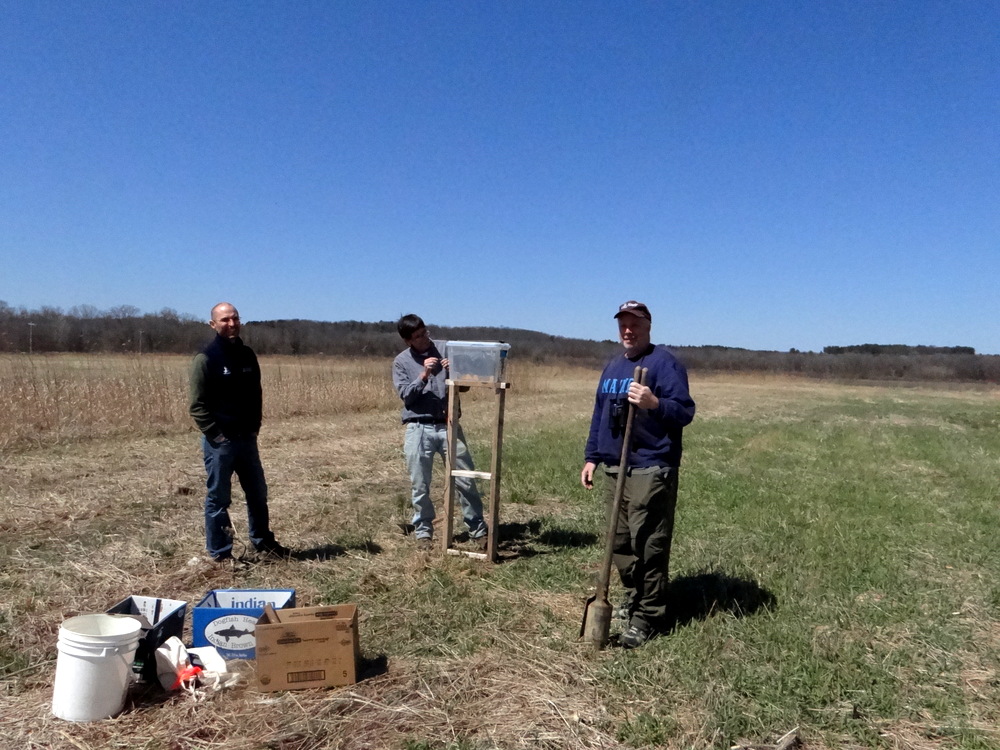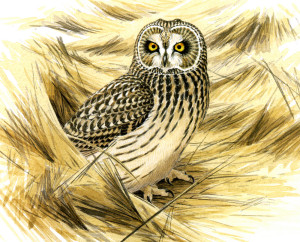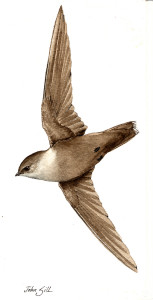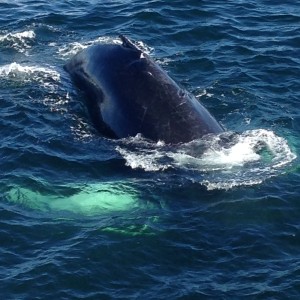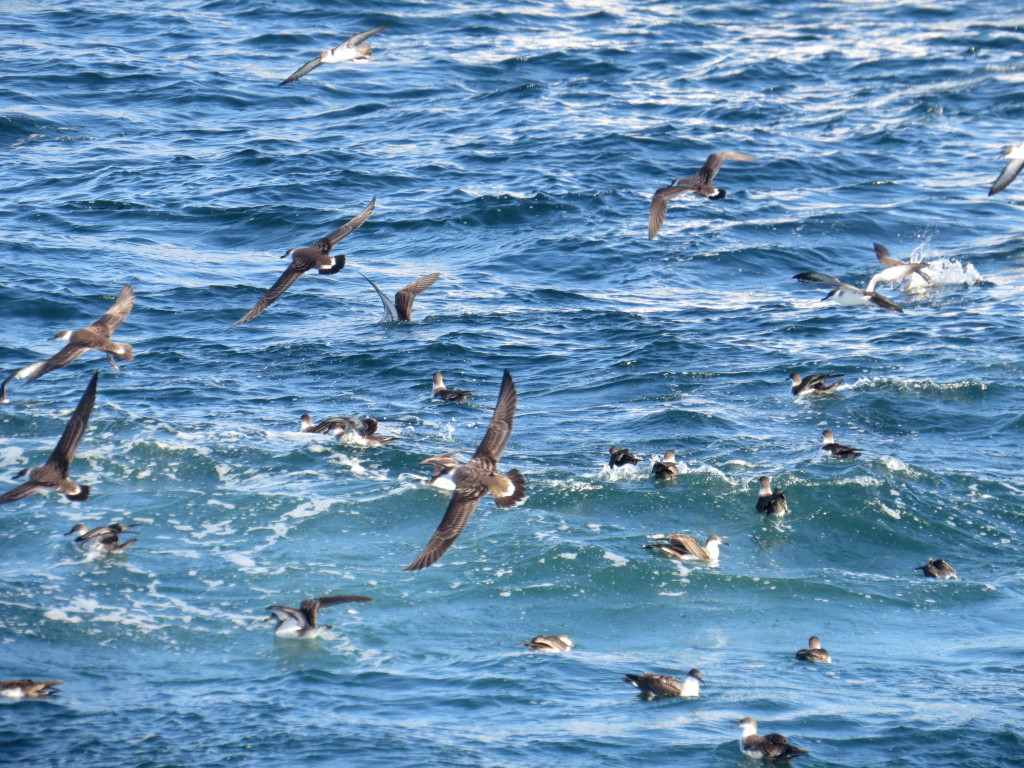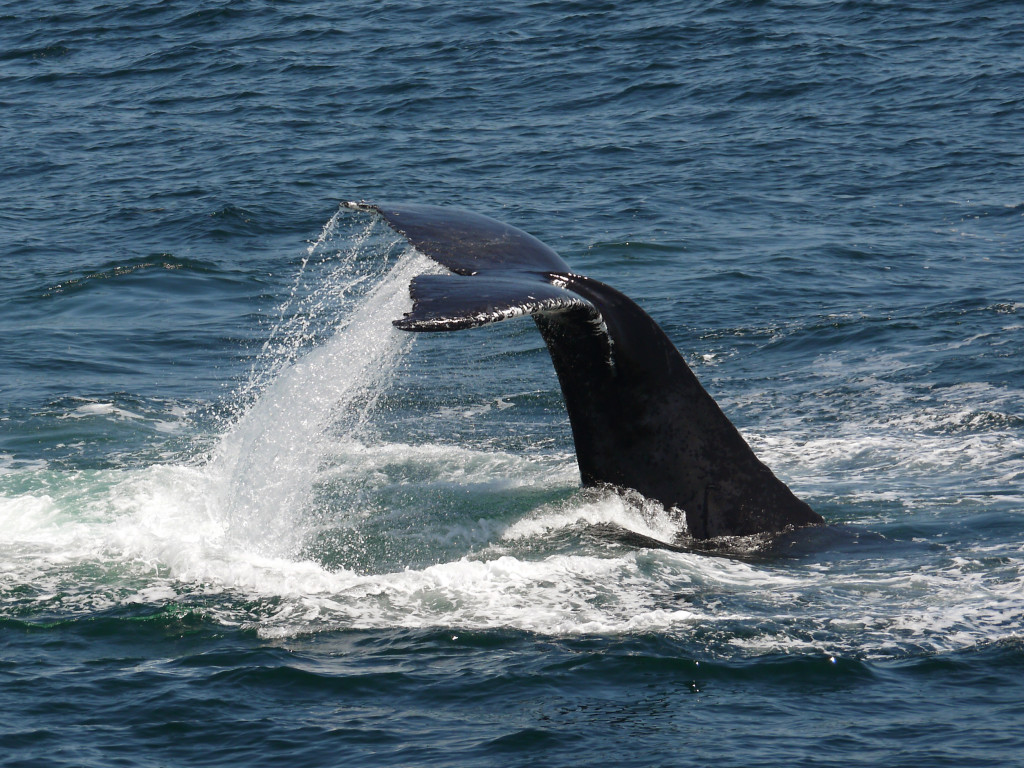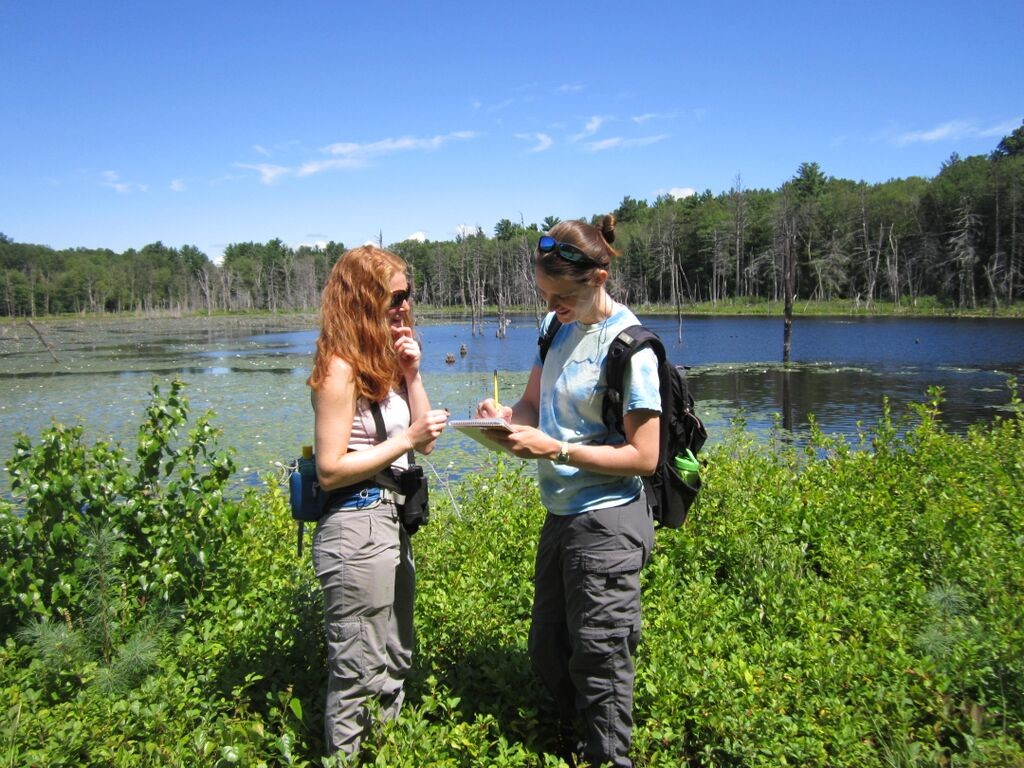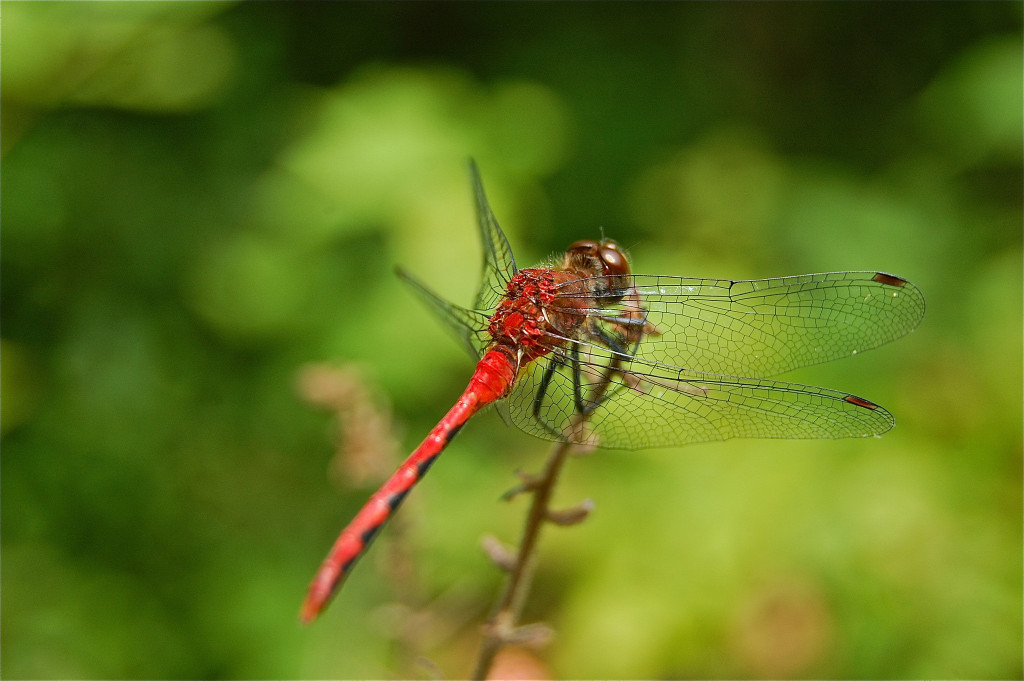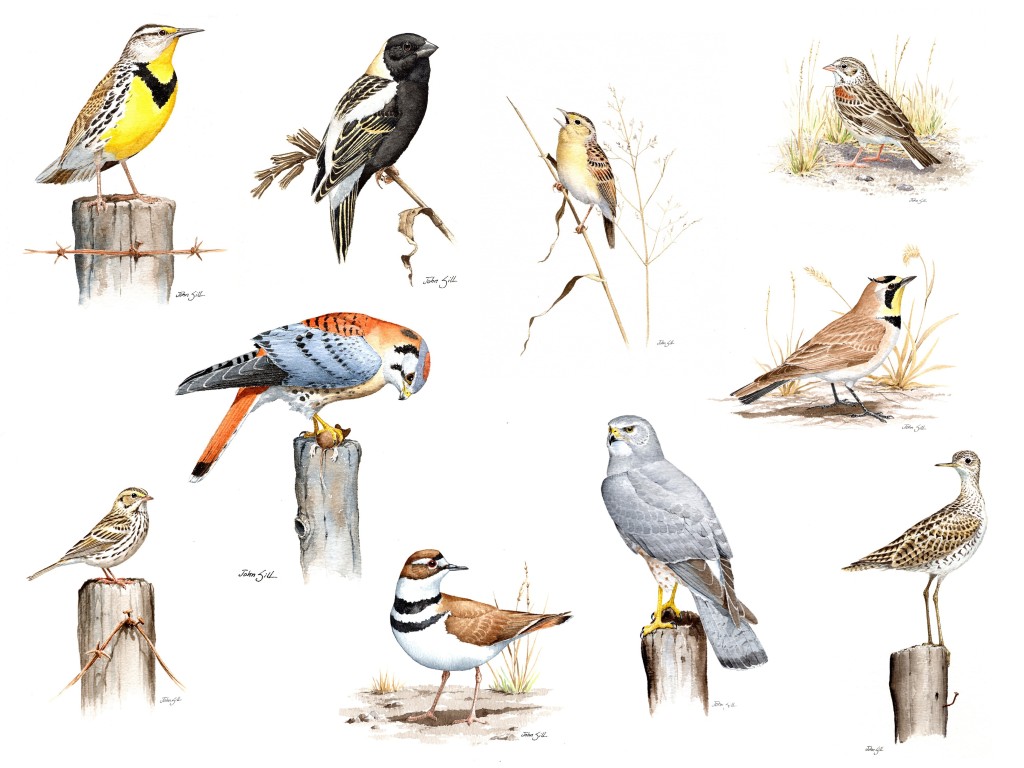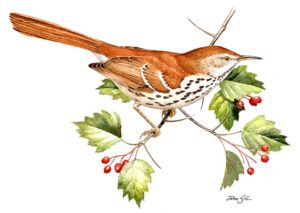
Brown Thrasher by John Sill
Birds that breed in young or recently disturbed forests are a conservation priority in Massachusetts. Sharp declines of these species, such as the Eastern Towhee and Brown Thrasher, have been linked to habitat loss due to changes in the frequency of these natural and anthropogenic disturbance regimes. For example, fire and flooding have been suppressed, our familiar middle-aged forests are less susceptible to storm damage, and once common forestry practices have declined.
However, carefully planned forestry is one of the most effective ways to create early successional habitat, and the corresponding breeding bird species respond positively. What’s more, some species of birds that breed in the more mature surrounding forests use these same young forests during the post-fledgling period – a time of high morality after young have left the nest. Having this habitat in place also bolsters populations of mature forest breeders.
Mass Audubon’s Foresters for the Birds program responds to this conservation need. The program provides technical assistance to private landowners who wish to manage their woods for important bird habitat, including the creation of early successional forest.
To further this conservation initiative, Mass Audubon will demonstrate these science-based habitat management techniques at our Elm Hill sanctuary. Not only will this project provide crucial habitat for species in decline, but the site will also be used to educate professional foresters, agency staff, conservation professionals, the land trust community, our members, and the public at large.
Funded by the National Fish and Wildlife Federation, the project is in its initial phase. The end product will be a 100 year plan to maintain a mosaic of forest successional stages, including various ages of young forest, and stands that will naturally progress towards old growth conditions. In this initial phase, we are working with a Foresters for the Birds trained forester to map out the existing forest resources, and determine areas to be actively managed for bird habitat. Other phases include monitoring birds to assess and adjust our management efforts, delivering public outreach, engaging the help of volunteers, and conducting studies of other taxa to inform management decisions.
This will be an exciting time of sharing and learning, and we hope you will follow along with the project as we post further updates.


